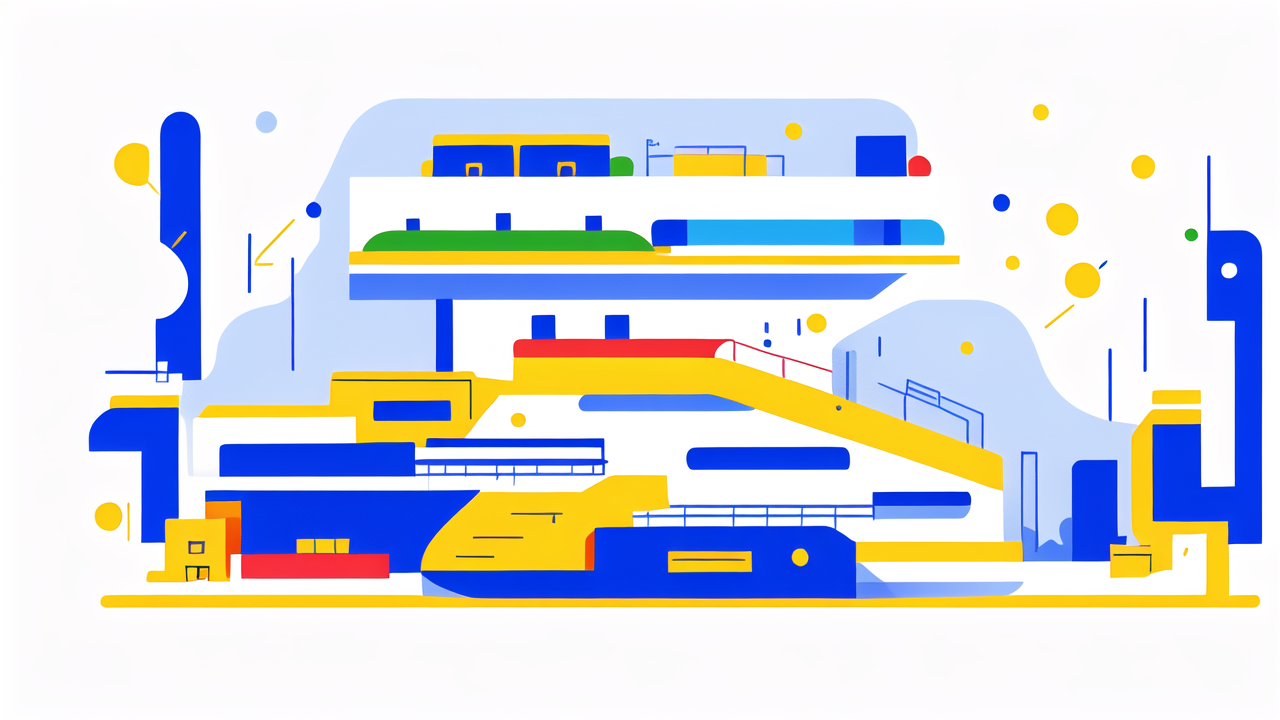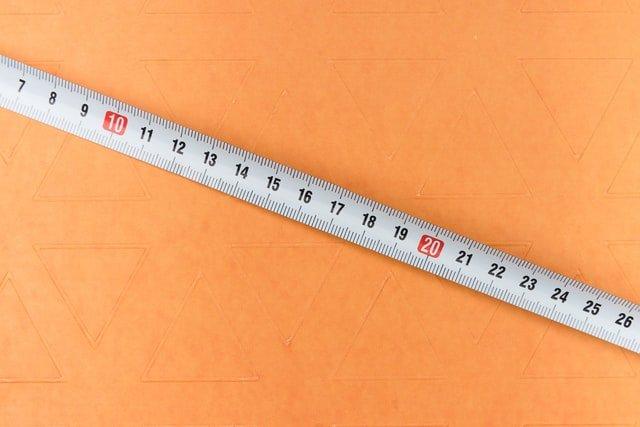The Basics of Laser Levels
Understanding Laser Level Technology
Laser level technology uses beams to create straight lines. These bright lines help builders and DIY folks. They show where to put things so they stay level or plumb. A device shoots a laser beam onto a surface. This line is very precise. It can be seen even in bright light. Some laser levels spin the beam around. This makes a 360-degree line. Others shoot a fixed line or dot. Lasers can be red or green. Green lasers are easier to see than red ones. They are more common in bright areas.

Types of Laser Levels: Spot, Line, and Rotary
Laser levels come in various types to suit different needs. The main types are spot, line, and rotary. Spot lasers project a small dot, useful for transferring points from one surface to another. Line lasers emit straight lines onto surfaces. They are ideal for aligning, such as in tiling or cabinetry work. Rotary lasers spin to create a 360-degree level line. They're good for outdoor use, like grading land or laying foundations.
The Evolution from Traditional to Laser Levels
Before laser levels, traditional tools like plumb bobs, spirit levels, and chalk lines were standard. Carpenters and builders relied on these for accuracy. However, these methods often fell short on larger projects or complex tasks. Laser levels have changed the game. They offer a level of precision that traditional tools can't match. This shift has improved efficiency and accuracy in the construction industry. With lasers, we can now project exact lines over long distances, indoors and out. This evolution shows the leap in technology and its impact on building practices.
3D Laser Levels
What Are 3D Laser Levels and How Do They Work?
3d laser levels are advanced tools for precise alignment. They project a three-dimensional grid of laser lines. These lines work as a guide on any surface. The level uses lasers and mirrors to create this grid. This guides workers on construction sites. It can be horizontal, vertical, or both. The 3D lasers work with sensors for accuracy. They also have self-leveling features. This means they auto-adjust to the right level. Such tools are helpful in complex projects. They ensure accuracy in layout and measuring tasks.
Applications for 3D Laser Levels in Construction
- Layout and Alignment: 3D laser levels help with the precise setup of walls, pipes, and conduits.
- Leveling Floors: For large areas, they ensure a flat, even surface which is crucial for flooring.
- Installing Ceiling Features: Useful for hanging ceilings or installing lights at the same level.
- Elevation Transfer: Transfers reference points from floor to ceiling or across multiple walls easily.
- Site Surveying: They aid in accurately mapping out sites before construction begins.
- Quality Control: Provides a visual reference to check work against plans, spotting errors early.
Advantages of Using 3D Laser Levels Over Conventional Tools
3d laser levels come with many pluses compared to old tools. First, they give high accuracy. This means straight lines for jobs like tiling or framing. Next, they save time. You can set up fast and don't need two people. All work gets the same high standard. Also, they work well in bright light. You can see the lines outside and in full sun. Lastly, they are user-friendly. Most people find them easy to learn and use. These perks make 3D lasers a top choice for builders.
Choosing the Right Laser Level
Cross Line vs. 3D Laser Levels: A Comparison
When choosing a laser level, it's important to compare options. Cross line models cast fixed lines on a surface. They are good for simple tasks. But they may not match complex jobs. 3d laser levels offer more. They cast lines on all planes. This gives full room layout with one setup. They're ideal for detailed projects. Cross line levels are budget-friendly. 3D lasers are a bigger investment but provide more features. Think about your project's needs before you decide.
Key Features to Look for in a High-Quality 3D Laser Level
- Accuracy and Range: A top-notch 3D laser level should boast high precision and a suitable range for your project's scope. Look for models that specify their accuracy level and maximum distance.
- Self-Leveling Capability: This feature makes setting up quicker and ensures that your lines are automatically straight and level. It's a crucial aspect for uninterrupted workflow.
- Durability and Construction: The device must withstand the rigors of a construction site. Opt for ones with robust construction and features like water and dust resistance.
- Battery Life: Long battery life is essential for uninterrupted work. Find models with rechargeable batteries or energy-saving modes.
- Ease of Use: A user-friendly interface with intuitive controls will save time and reduce errors. Look for features like one-button operation or remote control functions.
- Mounting Options: Versatile mounting options, such as magnetic brackets or tripod compatibility, add flexibility to how you utilize the laser level on different job sites.
- Warranty and Support: A good warranty and accessible customer support reflect the manufacturer's confidence in their product and offer you peace of mind.
Top Picks for 3D Laser Levels on the Market
- Huepar 3D Self-Leveling Laser Level: High accuracy and visibility, useful for both indoor and outdoor projects.
- DeWALT 12V MAX 3 x 360 Line Laser: Durable, long battery life, and provides full room layout.
- Bosch GLL3-330CG 360-Degree Green Beam Three-Plane Leveling: Features Bluetooth connectivity, great for precision tasks.
- Makita SK209GDZ 12V max CXT Cordless 3D: Compact design, offers a range of modes for different leveling activities.
- Leica Geosystems Lino L6G: Green laser technology, project lines at wide angles for comprehensive coverage.
- Topcon RL-H5A: Ideal for outdoor use, with a high IP rating for water and dust resistance.









